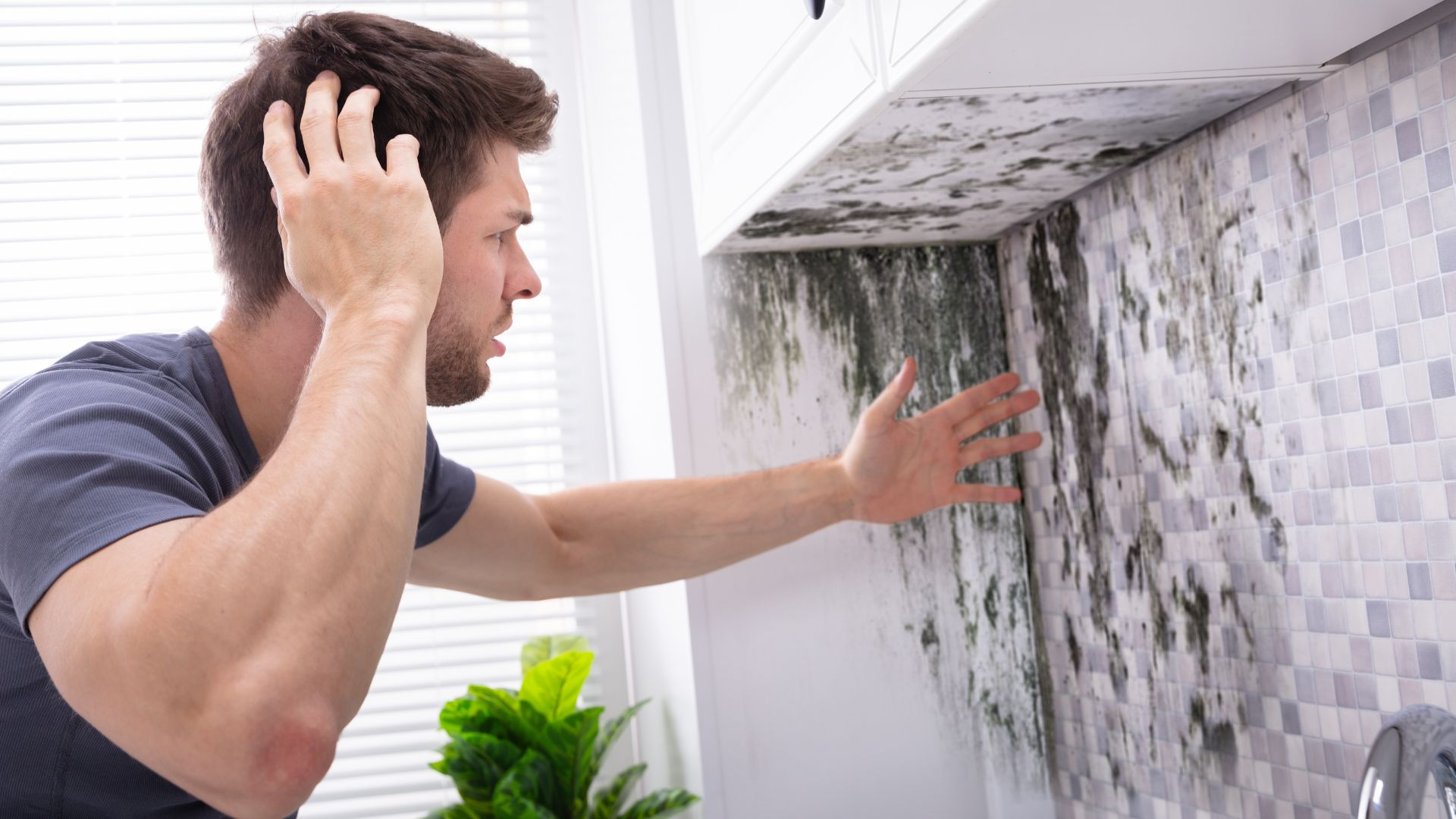Molds are a common problem that can eventually create serious health and structural issues at home. Prevention and reduction both call for an understanding of how exactly the climate influences the development of molds. This article explains the relationship between climate and molds, such as ideal conditions for molds, how temperature affects mold growth, and more.
What Is It and Why Does It Matter?
Mold is a fungus that loves to reside in an area that is wet and has warmth. It is usually spread through the air by spores. These spores land on a particular surface and, under conducive conditions, grow there. Mold growth may cause various health problems, such as difficulty in breathing, allergies, and infections. It is, therefore, vital to control mold growth in a place of residence.
Favorable Conditions for Growth of Mold
Mold requires four main components to grow: moisture, warmth, oxygen, and a food source. Organic materials are the common substrates, including most woods, paper, and fabric. The best temperatures for this kind of organism are usually between 60 and 80 degrees Fahrenheit, although some species can multiply outside this temperature range. High relative humidity makes a significant contribution to the proliferation of mold during its development. A relative humidity above 60% is considered ideal for mold growth.
At What Temperature Does Mold Grow?
Temperature is very important in the growth of molds. Molds can be found to grow at about 40°F; however, ideal growth is typically at a higher temperature. During the cooler months, heating a room inside a building results in relatively warmer and damper air, which is conducive for molds to grow. Thus, knowing how temperature affects mold growth is fundamental to its effective management.
Humidity And Molds
If there were a singularly most important factor in mold growth, it might be humidity. Mold grows in the presence of moisture, and high relative humidity (greater than 60%) permits mold spores the water needed for germination and growth. Proper ventilation and the use of dehumidifiers can control indoor humidity.
Read more: Understanding How Mold Grows in Different Humidity and Temperature Conditions
Controlling Mold Growth in Response to Climate Changes
A damp build-up in the home should be controlled as a way of dealing with the growth of mold in whatever climatic condition. If mold is a problem, seek professional help. For Atlanta, Georgia, residents, Mold-B-Gone Remediation, the mold remediation experts in Atlanta, offers full services of mold inspection and removal for a home that assures its residents of a healthy living environment. Call us today and ensure that your home will be safe from the bad effects of mold.

